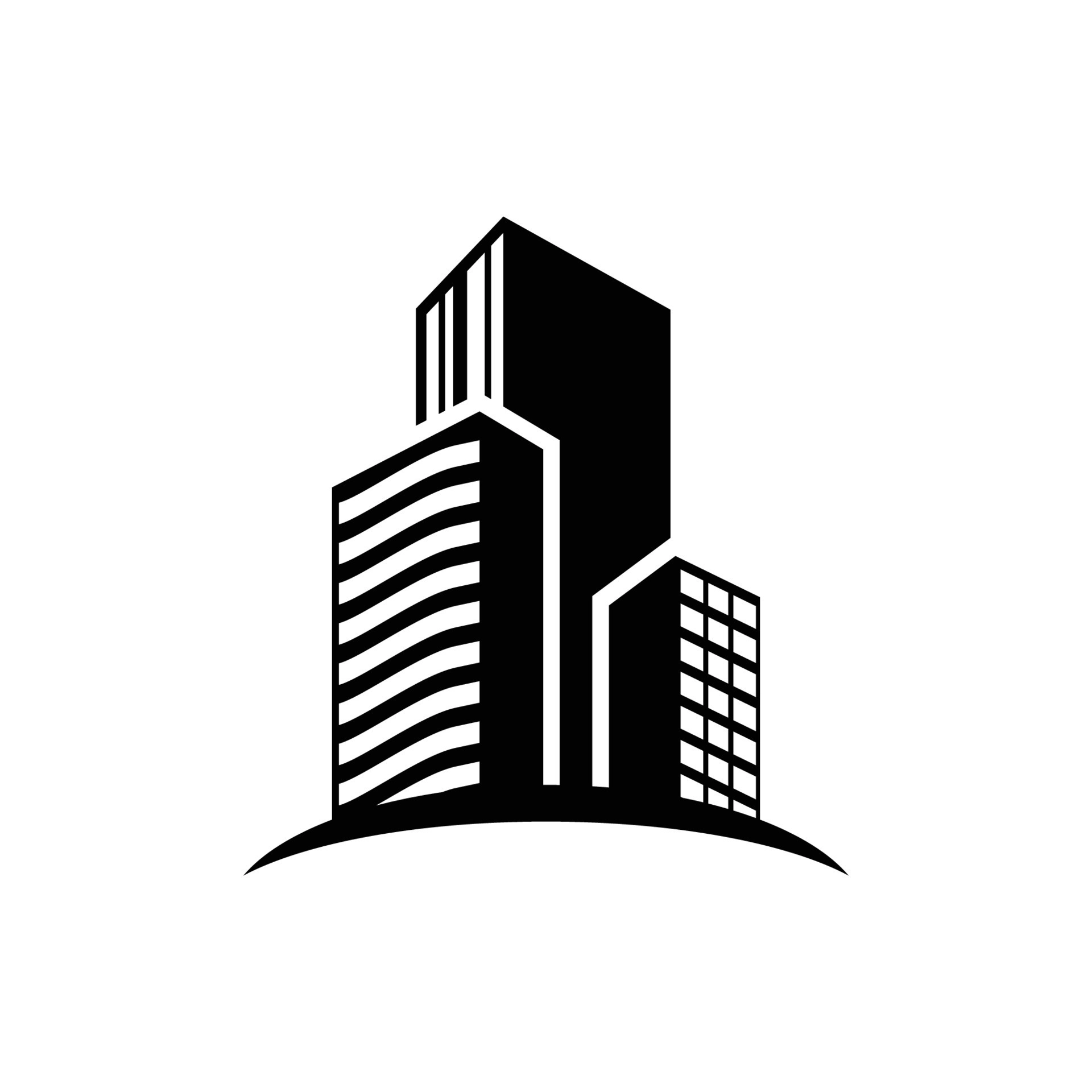Automotive BIW Design and Development Part 2 using NXCAD
RELATED RECENT PLACEMENTS
Anupama Yeragudipati
Kabira Mobility
Gurunanak Khalsa College


Arun Kumar
Riverstone
Anna University

Paul Willington
DGS Technical Services Pvt. Ltd.
SAVEETHA SCHOOL OF ENGINEERING ,CHENNAI

IVIN TROY
Kabira Mobility
College of Engineering and Management,Punnapra

Karuthapandi K
DGS Technical Services Pvt. Ltd.
S. Veerasamy Chettiar college of engineering and technology

Gowsikraj M
Hyundai Motor India Ltd
Sri krishna college of technology


Mujahidoddin Saudagar
Hyundai Motor India Ltd
G.H Raisoni college of engineering and management Amravati


Krutika Ravikumar
Genpact
R.V.College of Engineering
Syllabus
This course is full of best-in-class content by leading faculty and industry experts in the form of videos and projects
Course Overview
- This program is designed
- Considering the complete Life cycle of a Design Phase in an Automotive Industry.
- All the mandatory subdomains in BIW like Upper Body, Underbody, Closures, and Engine Compartment are covered in detail, whereas all design aspects with respect to tooling and production are covered.
- One will be able to know the complete vehicle development process of both the DIGITAL and SERIAL LIFE processes.
Course Syllabus
On a daily basis we talk to companies in the likes of Tata Elxsi and Mahindra to fine tune our curriculum.
Week 01 - Rear Door Design
- In this session, you will learn
- Design requirements for the tailgate components
- About functional requirements
- Rear visibility criteria regulations
- Rear crash regulations and requirements
- Sealing and its function
- Joining techniques like Hemming, spot welding, etc
- Manufacturing Technique using a casting part
- Gap and flushness requirements
- Functional requirements for:
- Hinge
- Gas-stay/ powerlifter
Week 02 - Side-Body Design
- In this session, you will learn
- Class-A surface correction
- Extracting reference surfaces
- Upper rail flange designing
- A-pillar Designing:
- A-Pillar lower
- A-pillar middle
- Quarter panel designing
- B-pillar designing
- Sill-mounting region designing
- Gas-stay retraction unit designing
- Rear-bumper designing
- Tail lamp Flange creation
- Side-body inner panel assembly
- A-pillar inner panel assembly:
- A-pillar upper inner panel
- A-pillar lower inner panel
- Lower inner panel assembly:
- Lower middle inner panel
- Lower front inner panel
- Lower rear inner panel
- Upper inner panel assembly:
- Upper rear inner panel
- Upper rear front inner panel
- Upper front inner panel
- B-pillar inner panel assembly:
- B-pillar inner panel
- B-pillar upper reinforcement inner panel
- B-pillar Lower reinforcement inner panel
- C-pillar inner panel assembly:
- C-pillar inner panel.
- Rear inner panel assembly:
- Rear inner panel 1.
- Rear inner panel 2.
- Rear inner panel 3.
- Brace roof rail inner panel assembly:
- Brace roof rail inner panel
- A-pillar inner panel assembly:
Week 03 - Side Door Design
- In this session, you will learn
- Features and function of side door
- Side door architecture
- Special cases
- Latch and striker position mechanism
- Two approaches to position hinges
- Side door module
- The considerations to prevent snow cuffing
Week 04 - Forming process: Rubber Parts Design and Development
- In this session, you will learn
- Functions of rubber parts
- Types of rubber parts
- Production process of rubber parts
Week 05 - Dash Frame Floor Tunnel design (DFFT Design)
- In this session, you will learn
- Various parts, possible design variations, and joining methods for the floor
- About the characteristics of the dash panel
- Frame integration into the floor assembly and force resolution
- Tunnel design variations and their functionality
Week 06 - Joining Element
- In this session, you will learn
- Basics of joining elements
- Various types of joining elements
- Spot welding
- Arc welding and its types
- Clinching
Week 07 - Engine Compartment
- In this session, you will learn
- Engine Compartment structure
- Main chassis structure
- Suspension mounting
- Front bumper assembly
- Fender side mounting
- Lower chassis structure
- Lower engine mount
- Joining methodology
- Design considerations for each part
- Manufacturing constraints
- Engine Compartment structure
Our courses have been designed by industry experts to help students achieve their dream careers
Industry Projects
Our projects are designed by experts in the industry to reflect industry standards. By working through our projects, Learners will gain a practical understanding of what they will take on at a larger-scale in the industry. In total, there are 4 Projects that are available in this program.
Design of Rear Door
Design of Side Body
Design of Side Door
Design of Engine Compartment
Our courses have been designed by industry experts to help students achieve their dream careers
Ratings & Reviews by Learners
Skill-Lync has received honest feedback from our learners around the globe.

Flexible Pricing
Talk to our career counsellors to get flexible payment options.
INR 40,000
Inclusive of all charges
Become job ready with our comprehensive industry focused curriculum for freshers & early career professionals
1 Year Accessto Skill-Lync’s Learning Management System (LMS)
Personalized Pageto showcase Projects & Certifications
Live Individual & Group Sessionsto resolve queries, Discuss Progress and Study Plans.
Personalized & Hands-OnSupport over Mail, Telephone for Query Resolution & Overall Learner Progress.
Job-Oriented Industry Relevant Curriculumavailable at your fingertips curated by Global Industry Experts along with Live Sessions.
Instructors profiles
Our courses are designed by leading academicians and experienced industry professionals.

1 industry expert
Our instructors are industry experts along with a passion to teach.

12 years in the experience range
Instructors with 12 years extensive industry experience.

Areas of expertise
- Design
Similar Courses
Got more questions?
Talk to our Team Directly
Please fill in your number & an expert from our team will call you shortly.
